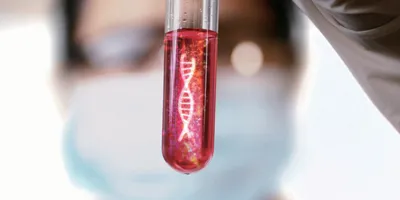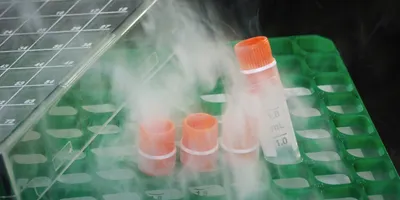Pond scum could fuel fighter jets and go a long way toward cleaning up power plants, which is why the Pentagon, Silicon Valley, and some of the worlds top research institutions are digging into it. One place algae's having a tough time making inroads, however, is in a multibillion-dollar section of the economic stimulus bill that could mean the difference between nascent carbon recycling technology crossing over "death valley" into commercial viability - or facing a major battle with coal companies' underground carbon storage schemes for years to come. Some algae entrepreneurs are asking why legislators have left them out in the cold.
Bottom line: Commercial-scale carbon capture is risky and unproven by any means. But commercial-scale carbon capture and recycling (turning it into other usable products rather than shoving it underground) by startups with pond scum - or other high-tech solutions - may still be too big a gamble, and too expensive, for even a government toying with $900 billion.
It's inevitable with a spending bill of this size for the government to pick winners and losers among competing technologies. And when it comes to carbon capture, it has favored incumbent (read: coal) energy producers' plan to pipe emissions underground - a temporary solution - over lab researchers' and fledgling companies' schemes to recycle CO 2 using algae, solar reactors, synthetic genomic-based life forms, and other technologies.
Carbon Storage vs. Recycling
Here's the problem: While shoving millions of tons of carbon dioxide underground presents a technologically simpler challenge than recycling it, storage space will eventually run out, says Alex Klein, research director for Emerging Energy Research's clean power generation group. With recycling, you don't have that problem. The idea is to use carbon-fed, algae-derived biofuels to replace petroleum-based fuels, thus reducing total CO 2 emissions.
The House version of the bill allocates $2.4 billion for "necessary expenses to demonstrate carbon capture and sequestration technologies," as authorized under part of the Energy Independence & Security Act of 2007, which provides for developing what's called geologic storage of carbon dioxide - basically holding it in the reserves from which it was mined. This means startups such as Ternion Bio and GreenFuel Technologies, which capture carbon emissions from industrial flues and "feed" them to algae for use in other products, don't qualify. (For the carbon capture outlays, that is. Biofuels funding comes under a separate section.)
The current Senate version leaves the door cracked open for a broader range of technologies, with at least $4.6 billion set aside for carbon capture and storage, including a portion for projects that demonstrate carbon capture from industrial sources. Algae technologies would be potential candidates for those funds.
Canada 's CCS Legislation
Obama and Congress are grappling with this issue at a time when "clean coal" advocates face growing opposition - and on the heels of similar legislation in Europe and Canada, the latter of which green-lighted about $800 million for a fund that will finance carbon capture and storage. It's a move seen by some environmentalists as a way to divert clean energy funds to fossil fuel-based power generation.
Ternion Bio contends it can undercut geologic storage on price, and so it wants Congress to give priority to carbon capture projects that are cost-effective, says Elizabeth Moeller, public policy group leader for Pillsbury Winthrop in D.C. and a lobbyist for Ternion Bio. This would be something new for CO 2 recyclers, as the technology has historically been considered too expensive to pursue commercially. Given access to equal funds, it's possible that a nimble startup could progress faster than big coal companies, which have so far invested more in advertising the potential for cleaner coal technologies than in actually developing them. Whether Congress wants to take that chance remains to be seen.
The point of the American Recovery & Reinvestment Act (aka stimulus package) is to jump-start the economy to get dollars moving again. Obama also wants it to invest in long-term economic growth and reduce greenhouse gas emissions. Carbon capture is squeezing in on just one of those goals - potentially reducing greenhouse gas emissions as part of a comprehensive energy portfolio overhaul. Unlike private investors and some states, which have invested millions of dollars in early-stage algae bioreactor technology, Congress may not see the same opportunity in R&D for carbon capture and recycling.
Source: Business Week
Pond scum could fuel fighter jets and go a long way toward cleaning up power plants, which is why the Pentagon, Silicon Valley, and some of the worlds top research institutions are digging into it. One place algae's having a tough time making inroads, however, is in a multibillion-dollar section of the economic stimulus bill that could mean the difference between nascent carbon recycling technology crossing over "death valley" into commercial viability - or facing a major battle with coal companies' underground carbon storage schemes for years to come. Some algae entrepreneurs are asking why legislators have left them out in the cold.
To continue reading this article, sign up for FREE to

Membership is FREE and provides you with instant access to eNewsletters, digital publications, article archives, and more.










